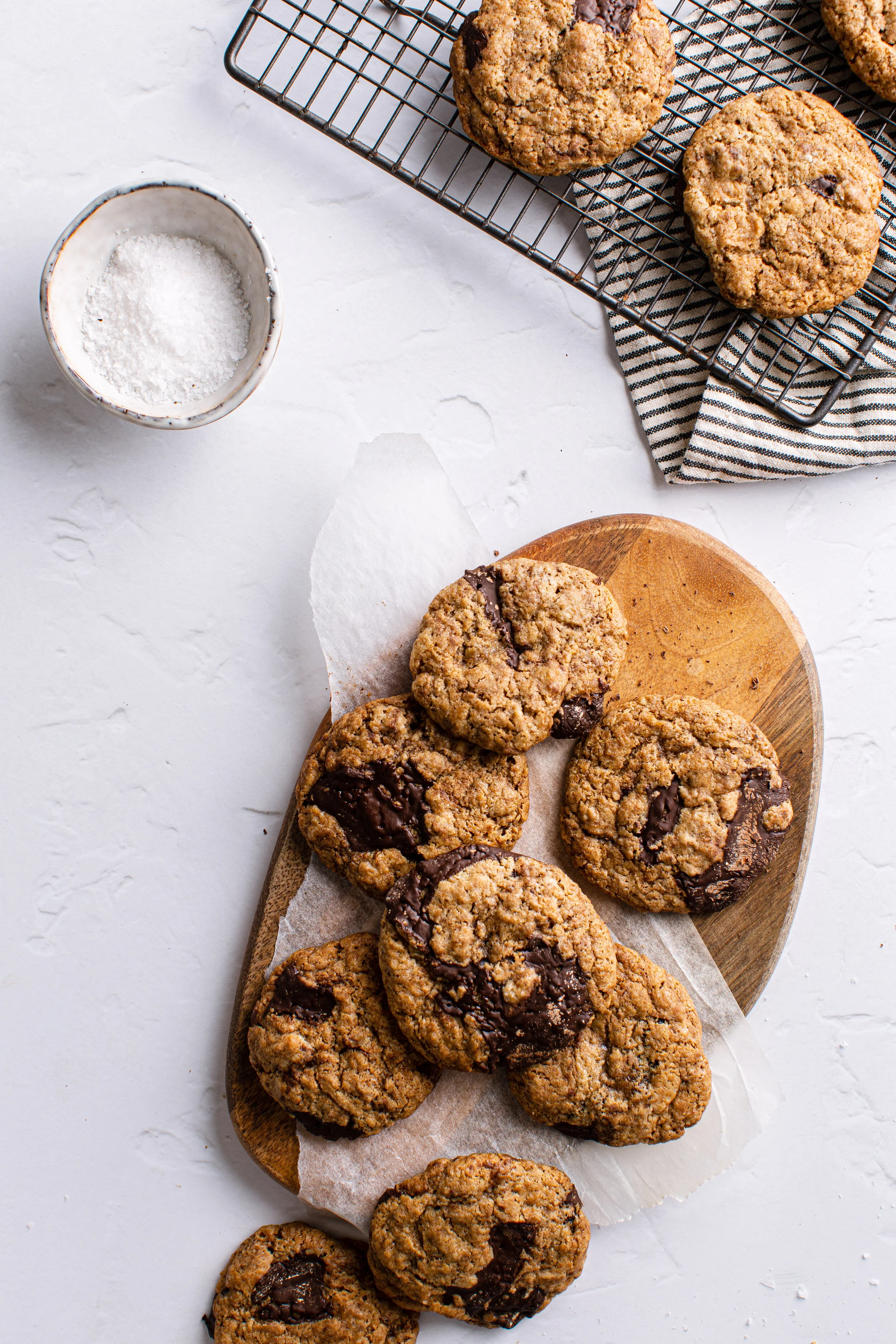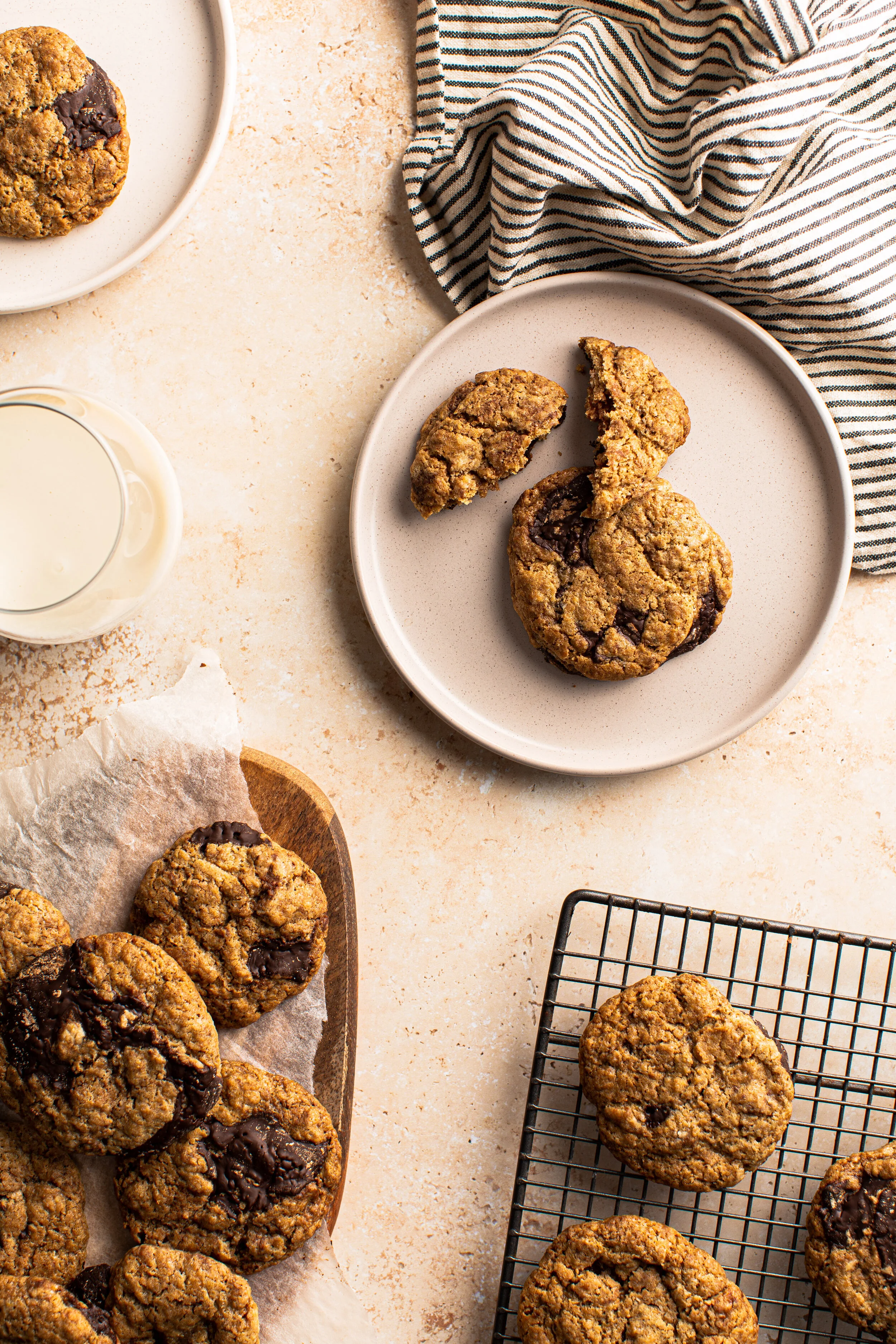How to plan and execute a successful food photography shoot
Have you ever found yourself overwhelmed, confused and in a flap while executing a food shoot? I’m going to share my step-by-step process for planning and executing a successful day, whether it’s for your portfolio or for a client. My number one tip: the secret is in the planning!
Moodboard & Inspiration
A couple of days before the shoot, I open Pinterest to create a board for inspiration. Having a few days to let my thoughts and ideas marinade before jumping in to shoot is essential to get clear on what I want to achieve. At this stage, I add lots and lots of images to get me thinking about different angles I might want to shoot from, different visual aesthetics and colour theories.
2. Create a shot list
From my Pinterest board, I narrow down the inspiration to create a focussed shot list. This might be directed by the client and they might have very specific needs in relation to aspect ratio, styling and which products or ingredients are featured. If I’m shooting for myself, I can go to town. Think about which angles to capture: overhead, 45 degrees or straight on. Consider different aesthetics, from light and bright to dark and moody. I write everything down in a list, often with an image reference, and sometimes I’ll make notes about which props I think will work well for each set up.
3. Recipe and ingredients
If I’m shooting for myself, I pick a recipe. I like to use Minimalist Baker for easy, one-pot and under 30 minutes dishes as well as Delicious Magazine and BBC Good Food. It’s important to buy any ingredients needed before the shoot, ideally the day before. This means shoot day can be unhurried. Keep things fresh and refrigerated so that they are not wilting or browning by the time they are placed on set.
4. Set up the equipment, props & backgrounds
In the morning, I head into the studio and set up for the first shot. Having everything ready to go before the cooking begins means I can efficiently transport cooked dishes between the kitchen and studio, and the only thing I need to worry about is styling and shooting.
Here’s a step-by-step of how shoot day looks:
Set up the first scene (without any food). Pull all of the props that I think i’ll be using for the duration of the shoot and place them where I can easily sort through and see them
Arrange my lighting, turn it on and connect to trigger.
Position the camera, whether it’s on a tripod or a C-stand.
Set up tethered capture and an auto import workflow, creating a new folder on my hard drive to send the images to.
Take a few test shots to test the lighting and make adjustments to output.
Cook the recipe once the studio feels organised
Now, the only thing to worry about is styling and shooting the food!
5. Post processing
After I’ve packed down and done the dishes (bleugh, the worst part of shoot day!) I’ll back up the images to another hard drive. I’ll try to leave it a day or so before returning to edit the images in Lightroom so that some of the ‘emotion’ of the shoot can be left behind. I find this helps me to make more objective decisions about which are the best images. I have another blog post about my approach to editing in Lightroom. Once the editing is done, I’ll export the images to my hard drive or into Pixieset if they are being delivered to a client.
And that’s it! My step-by-step approach to a professional food photography shoot. If you’ve been struggling with how to arrange your day and finding yourself feeling rushed or harried, I hope this provides you with some inspiration on how you might structure and approach the shoot. Do you have questions? I’d love to hear from you.
Helena is a professional photographer based in Bristol, specialising in product and food photography. She works with ethical and sustainable brands, creating joyful, story-telling product photos.




